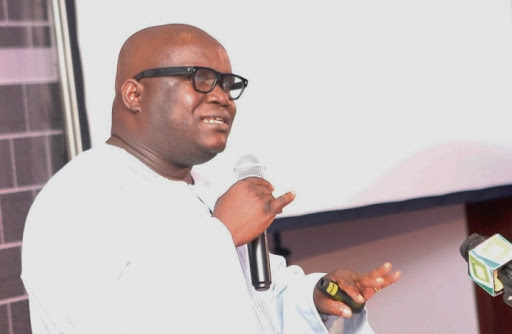
Telecom industry players in Ghana paid a whopping GHC3.6 billion in taxes and remittances to government in the year 2020.
This comprised of taxes borne by the service providers themselves, plus the ones they collected on behalf of government, as well as other payments and remittances to central government and other allied agencies in the year 2020.
The amount constituted a significant 8.5 per cent of the country’s GDP for that year, according to the Finance Ministry’s own budget statement for the year 2020.
This is contained in a report of a study carried out by the Ghana Chamber of Telecommunication on the Total Tax Contributions (TTC) of it members to the Ghanaian economy. At least eight of the 10 members of the Chamber participated in the study.
Per the report, Corporate Income Tax (CIT) sits at the top with GHC976 paid, representing 26.8 per cent of the total, while VAT (value added tax) comes in second with GHC550 million representing 15.1 per cent of the TTC, ahead of CST (communications service tax), which was also GHC525 million, representing 14.5 per cent of the total.
It would be recalled that CST was in 2019, increased to 9 per cent, but was reduced to 5 per cent last year after the Covid-19 outbreak. But activists and operators have been calling for a total abolishment of that tax to enable a reduction in data cost, particularly in he fact of the Covid-19 pandemic.
MoMo Tax
Mobile financial services (MFS) for the first time contributed a whopping GHC 215 million representing a significant 5.91% tax contribution to the TTC, and that is largely attributed to corporation taxes and withholding taxes (WHT) paid from commissions to 328,000 merchants and other engagements with suppliers, management services and others.
Meanwhile, per the TTC report, other product taxes, regulatory fees and the Universal Service Fund (USF) came to GHC138 million, which is 3.8% of the TTC.
The USF is mainly the 1% annual net revenue, required to be paid to the National Communications Authority (NCA) on a quarterly basis and an additional 1% of total revenue required to be paid into the Ghana Investment Fund for Electronic Communication (GIFEC). These statutory payments are based on the top line of the businesses and are payable whether a business makes a profit or not.
Per the report, last year, service providers kept some 5,700 in direct employment, and also provide 1.1 million indirect jobs in the country, which translated into the collection of Pay as You Earn (PAYE) on their behalf resulting in the government receiving about ¢136 million, which is 3.7% of the TTC and 1.81% of national total personal income taxes realized within the year 2020.
Trends
Meanwhile, trends of telecom industry TTC study over the last three years indicates a continuous average annual growth of over 28%, from GHS1.74bn in 2017, GHS2.2bn in 2018, and GHC3.2bn in 2019 and now GHS3.6 billion.
But analysts have observed that, given that the industry has more players than the ten members of the Chamber, the TTC reported by the Chamber is conservation because it does not even capture what the other player pay to government and its agencies.
In his address at the 18th Knowledge Forum of the Chamber, its CEO, Ing. Dr. Kenneth Edem Ashigbey noted that the upward trend in the sector’s TTC over the last three years, was in spite of the fact that there has been a continuous decrease observed on certain tax lines such as import duties and SIIT, which calls for further studies.
Dr. Ashigbey also noted that the study also showed that the upward trend in TTC was in spite of the fact that issue of profitability still remains non-active across a greater majority of service providers used in the study.
“Ironically, CIT (corporate income tax) stood out as the biggest tax contributor in the study, while other remittances relating to fees, levies, charges made to multiple agencies working directly with the industry came to a total of ¢195 million despite the widespread non-profitability of service providers,” he said.
The Chamber CEO noted from the analysis, it can be concluded that for every ¢100 that is paid to the operators within the industry, they pay back ¢48 in the form of direct and indirect taxes, as well as other remittances to government – the remaining ¢52 goes into capital expenditure and operational expenditure, making it unlikely that any of the funds are left to be paid back as dividends to shareholders.
“What is important to also note is that the less availability of funds means future investments are likely to suffer and this hurts the quality of the network and service delivery,” he lamented.
Investment
Dr. Ken Ashigbey noted that apart from the huge tax bill in the mobile industry, between 2020 and 2021, the industry has invested and still investing more than GHC3 billion in network and IS infrastructure expansion.
“This will increase data capacity by 130% from 2.2 million TB/day to 3.6million TB/day since March 2020 to March 2021. The traffic is expected to grow to 5 million TB/day in December his year,” he said.
He believes that with regulatory and government policy intervention that eases the tax burden on service providers, the industry would be able to make savings and investment more to improve data capacity and even provide services at more affordable rates to consumers.







